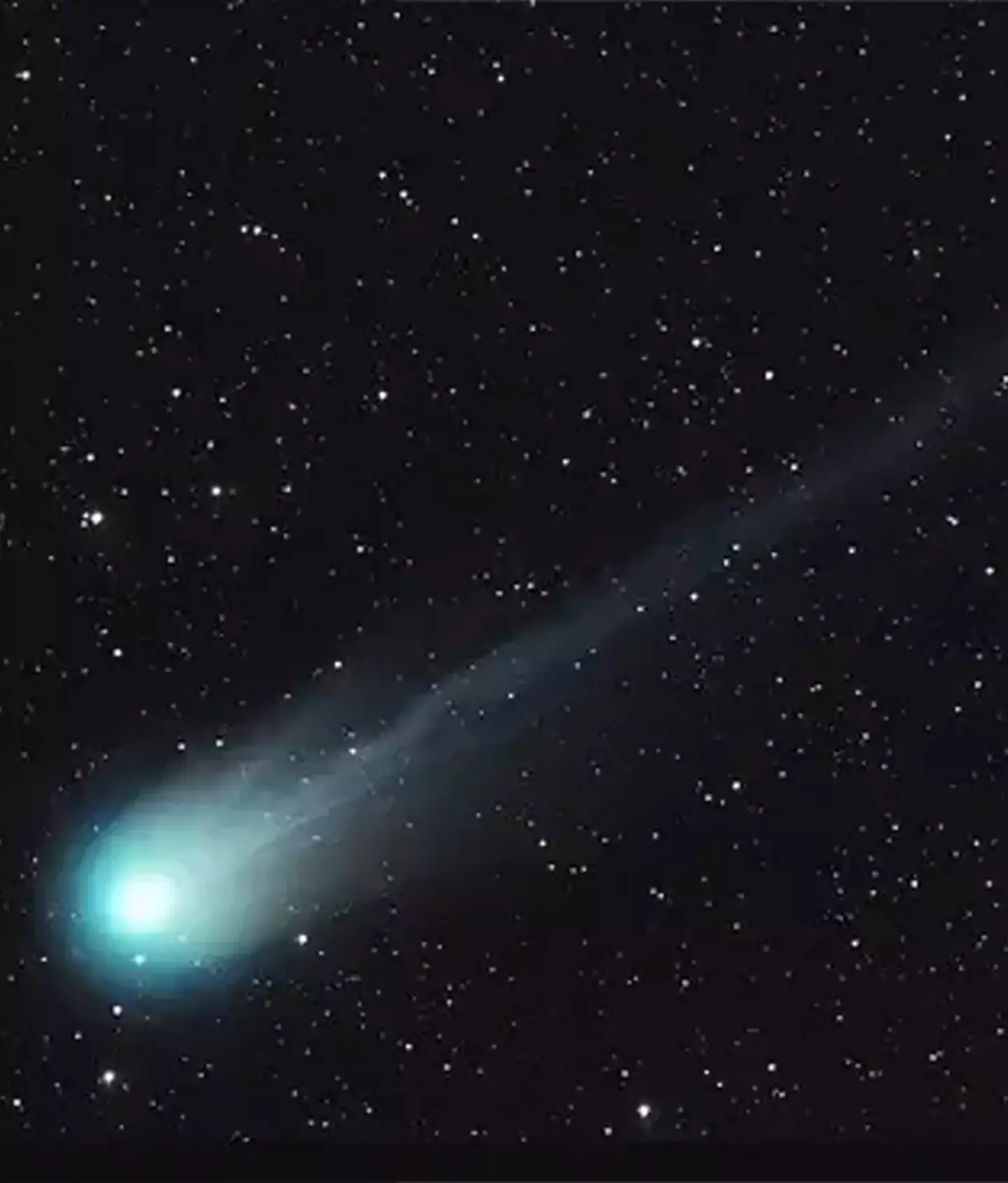
Citizens across the United States, Canada and Mexico are in for a treat on 8 April this year.
Meanwhile, Brits will have a chance to experience a unique event tonight (4 April) when the 'Mother of Dragons' shoots through the night sky.
The comet, scientifically termed Comet 12P/Pons–Brooks, was given the Game of Thrones-style name by the European Space Agency. The researchers theorise that it could be the source of the kappa-Draconids meteor shower, which occurs in the final months of each year.
12P/Pons-Brooks belongs to a category known as cryovolcanic comets, which exhibit volcanic activity.
Advert
Unlike actual volcanoes however, these comets release a mix of gases and ice rather than molten rock and lava.

The last time this comet was visible was 1954 so it's definitely a once-in-a-lifetime experience.
Here's how you can spot it tonight!
Advert
Gregory Brown, an astronomer at the Royal Observatory Greenwich announced that 12P may be visible to the naked eye.
He explained: 'The comet can now be found in the constellation of Aries which is visible in the early evening, over in the west. It will only become visible after twilight and sets by around 10pm BST.
'While it may be possible to see with the unaided eye, it is best to try and observe with a pair of binoculars or a small telescope.'
The comet will supposedly look like an 'irregularly shaped dirty snowball' with a green tint and tail.
Advert
Sky gazers should look towards the west-northwest, just above the horizon, to catch sight of the Mother of Dragons comet. It should appear north of the Great Square of Pegasus constellation.

By 21 April, the comet will be 72.5 million miles (116.8 million km) away from the sun, while by 2 June, it will be 144 million miles (232 million km) from our planet Earth.
At this point, astronomer Jessica Lee mentions that it'll be too late to see it in the northern hemisphere by this time.
Advert
'From June onwards, after the comet has passed the sun, it will only be visible to observers in the southern hemisphere,' added Lee.
Comets in our solar system orbit the Sun because they're attracted by its gravitational pull, just like planets.
12P/Pons-Brooks completes an orbit around the sun every 71 years, but this is relatively short compared if you consider that most orbital lengths take thousands of years.
The next time it will be visible from Earth, however, will be 2095.